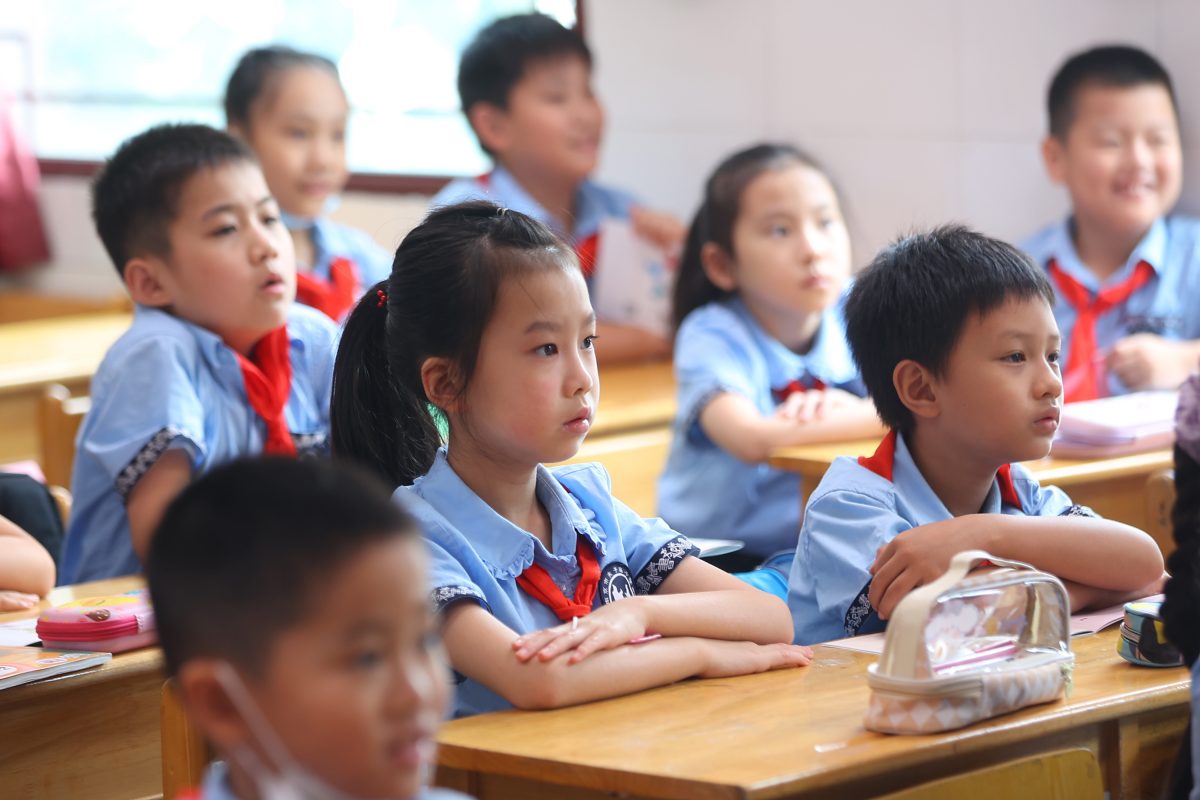
Here’s the statistic: From World Population Prospects released recently by the United Nations Population Fund, Hong Kong women have the world’s lowest fertility rate – only 0.8 children per person, followed by 0.9 in South Korea, 1.0 in Singapore; countries with the highest fertility rates are all from Africa, with Niger ranking the world’s highest, 6.7 children per woman.
For the past 3 decades, we see a constant decline in HK’s fertility rate. Why?
Various factors are contributing to such decline, including increasing job opportunities for women population, increasing cases of late marriage and divorces.
In 2021, only 19% of female population in HK between 29 to 56 were married, compared to 25% in 1991. The increase in number of unmarried women is one of the important reasons to explain the low fertility rate in HK.
Based on studies led by Family Planning Association of Hong Kong, financial consideration is another important factor that leads to the decision of not having children after marriage.
Latest HKSAR Census and Statistics Department’s general household survey reflects that the medium household income in first quarter of 2022 was HKD27,900 (USD 3,600) monthly or HKD334,800 (USD43,000) per annum.
From an interview of 630 people, we get the annual cost of raising children in HK amounted to HKD284,000 (USD36,500), which accounts for over 80% of medium household income. Despite the limited samples, still this result doesn’t look encouraging.
What if there are more affordable alternatives to encourage low-income families to raise children? Parents with limited financial resources can put their children into local government subsidized schools, which should be more convenient, financially.

Under our current system, government provides textbooks, transports, and internet subsidies to students. The key is to provide school kids with stable and supportive studying environment, so even deprived families still stand a chance. In Chinese mentality, education is most important as this is the key to transcend inter-generation poverty.
How’d this declining fertility impact on society?
Lately, we heard from news that schools who cannot recruit sufficient student intake will face the threat of being cancelled. Though some informed people suggest maybe we should consider small-class education to solve the issue.
Schools are not the only sector who takes all the burnt. Shrinking labor force is the direct consequence of low fertility rate.

According to Labor and Welfare Bureau, construction industries are facing severe labor shortages. As the city’s economy continues to rebound, other sectors such as catering and tourism also need to compete for labors. Therefore, there is a greater call from major sectors in the community to raise the fertility rate.

Can the government do something to encourage families’ plan for children?
Solutions to declining fertility rate is more likely to engage a long-term plan. Informed persons believe the crucial step is to speed up the construction of public housing. “How can they have children, if they can’t afford an independent living space?”
Meanwhile, we would like to see more family-friendly initiatives in the commercial sector, such as allowing working mother to work part-time, or work-from-home, or simply more flexible working hours. Other opinions include flexible maternity leave, study allowance for family kids, etc., which give stronger signal and incentive to encourage young couples getting married and bearing children.
(All photos from HKCNA)


